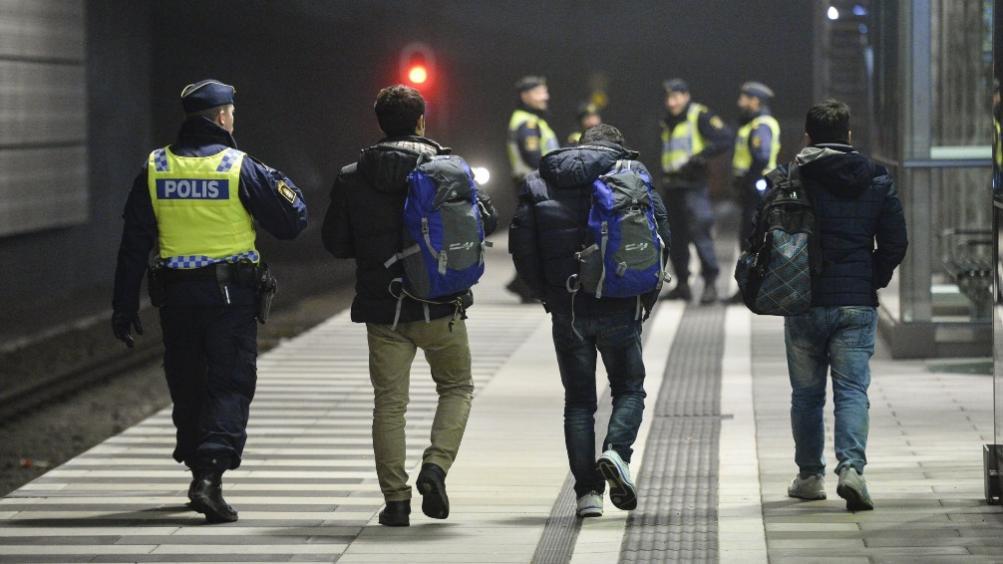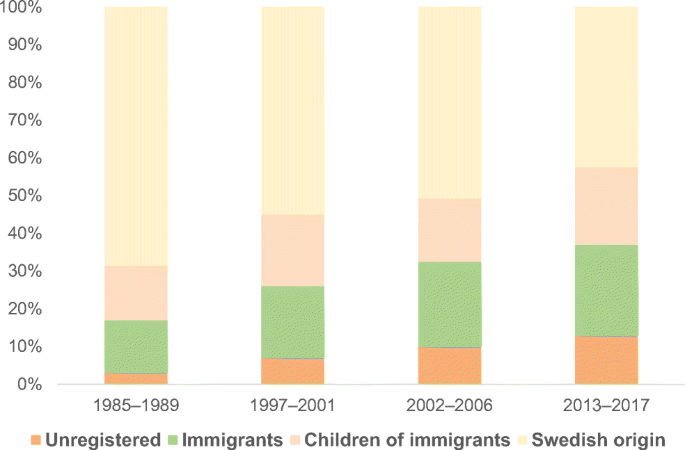Introduction
Every country has a developed set of rules governing its citizens’ lives. Migrating to another country, therefore, presents a significant number of challenges. Changing from the rules one is accustomed to and adopting a new lifestyle is not easy. In many countries, immigrants have reported facing discrimination. Sweden immigrants are among the people whose lives have been significantly shaped by the challenges encountered in the host country. This paper looks into the challenges faced by immigrants on a global scale with specific reference to Sweden. Immigrants in Sweden have difficulties accessing basic education, social services, and amenities, are discriminated against, and have problems integrating into the labor market.

Education Challenges
Education has been termed as one of the essential tools for success in any economic and social system. Many people however have remained uneducated or received an education that cannot guarantee them sustainable work. In Sweden, immigrants have a problem with transitioning into the Swedish educational system. Most immigrants come from diverse cultural backgrounds, a factor that should be considered in the educational system.
However, it turns out that as immigrant students transition from lower to upper secondary school, they are expected to learn the Swedish language (Berggren et al., 2021). According to the article by Berggren et al. (2021), many students acknowledge that learning and using the Swedish language in their transitional classes is a major challenge. The article investigates the students’ perception of education and reveals that Students feel they may miss out on essential aspects of their lives by not having a good quality education.
As the call for educational reforms continues in Sweden, it is important to understand the challenges the country itself faces. According to the article by Milne (2017), Sweden has been known as a humanitarian superpower mainly because it has taken in more immigrants than any other western country. Now, this presents a strain on the country’s resources, and integrating some educational reforms becomes a challenge. That noted, immigrant students continue suffering as they cannot fully integrate into the Swedish education system, a factor that severely limits their after-school work experiences.
Challenges Integrating into the Labour Market
Every student’s dream is to graduate and find meaningful work to cater to their social and economic needs. However, it turns out that the quality of education and the country’s system plays a significant role in determining whether students get good jobs after school. In an article on jobs and integration by Milne (2017), immigrants have difficulty finding work in Sweden. The situation does not only affect students but also adults who have been in the country for many years. Milne (2017) quotes a man in his fifties who mentions that “I want to work but I can’t find anything” (pg. 2). This shows that discrimination spans all levels of society in Sweden.

Discrimination
Discrimination is one of the global issues affecting many immigrants. It mainly arises from racial and cultural differences that influence how immigrants are perceived by the native citizens. Milne (2017) highlights this challenge in their article by referring to a 17-year-old man who was born in Sweden. Despite having a Swedish birth, the young man is discriminated simply because of his skin color. This means that not only are immigrants discriminated against, but their children suffer the same fate. Milne (2017) quotes the young man who claims that “I was born here but I don’t feel Swedish. People just look at my skin and think I’m from Somalia” (pg. 2). This implies that skin color limits people’s acceptance and accommodation of immigrants in Sweden.

Social Amenities Challenges
Everyone deserves to live in a safe and secure environment with good housing, water, and other utilities. However, immigrants in Sweden live in crowded dwellings that are mostly shared (Milne, 2017). In such environments, they are bound to contract illnesses, a situation worsened by a lack of access to medical services. In most cases, many people are unemployed and cannot afford medical and house insurance.
Milne (2017) mentions that in Malmo, one of the highly populated cities in Sweden, the unemployment rate among immigrants is about four times that of native citizens. This means that foreign immigrants have to share houses with no access to water because they cannot afford to rent better houses. In other words, many immigrants who come into the country seek a better life but find that since most are uneducated, they cannot find meaningful employment to pay their bills. This leads them to lack most of the basic social utilities for sustainable living.
Conclusion
Sweden has been one of the countries with the highest number of immigrants to a point where it had to develop measures to curb the inflow. In 2020, the Swedish government managed to reduce the immigration rate to a manageable number. The high rate of immigration has contributed to numerous challenges facing foreign nationals living in the country. In their quest for education, immigrants find it hard to transition from lower to high secondary levels whereby they are required to use Swedish. After school, finding work has become a problem with most immigrants having nothing to do after many years of job search. They are discriminated against and live in poor houses that lack necessary social utilities.
References
Adamson, G. (2020). Migrants and crime in Sweden in the twenty-first century. [Graph of crime rates concerning Immigrants in Sweden]. Society, 57(1), 9-21. Web.
Berggren, J., Torpsten, A. C., & Järkestig Berggren, U. (2021). Education is my passport: Experiences of institutional obstacles among immigrant youth in the Swedish upper secondary educational system. Journal of Youth Studies, 24(3), 40-354.
Craig, V. (2019). Immigration influx creates economic conundrum for Sweden. [Photograph of Immigrants’ warm welcome to Sweden]. Marketplace.
Milne, R. (2017). Sweden’s immigrants struggle with jobs and integration. Financial Times. Web.
Milne, R. (2017). Sweden’s immigrants struggle with jobs and integration. [Photograph of Immigrants in Sweden struggling to find work] Financial Times. Web.